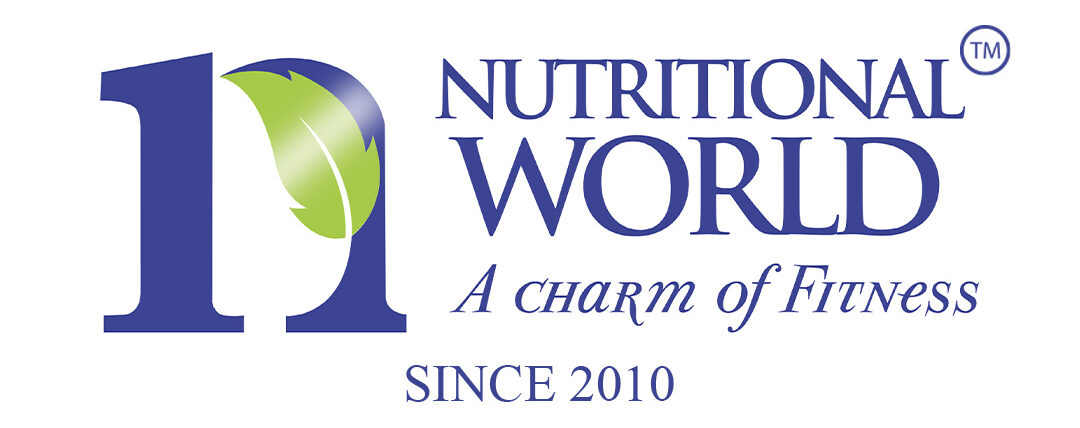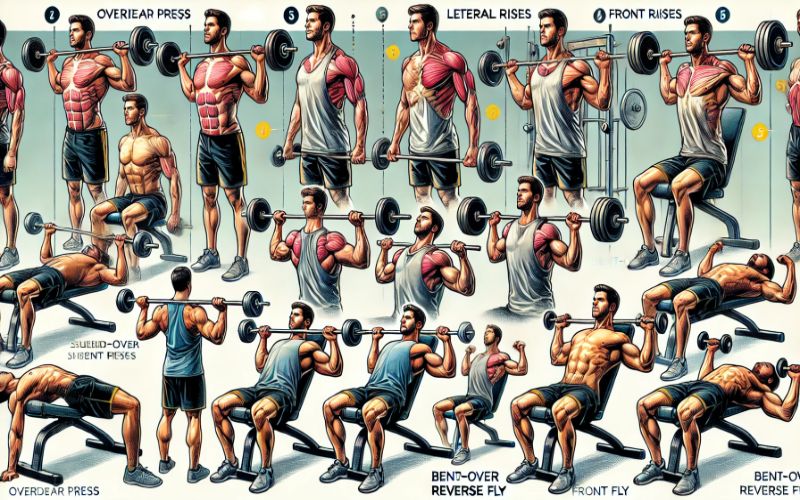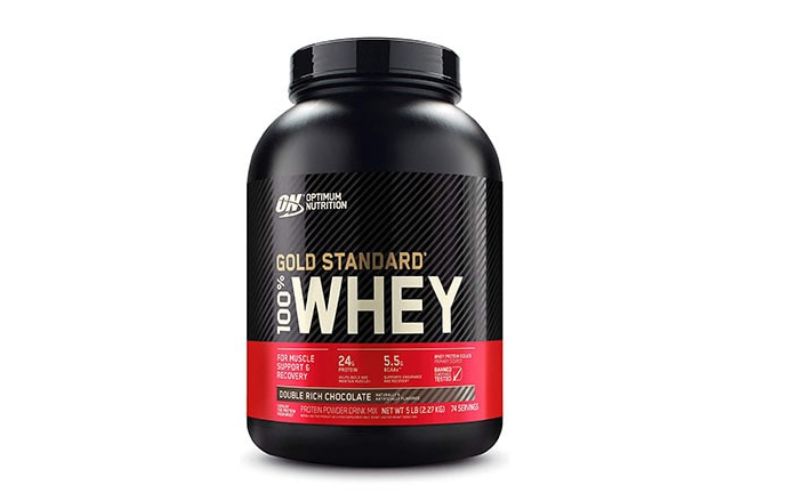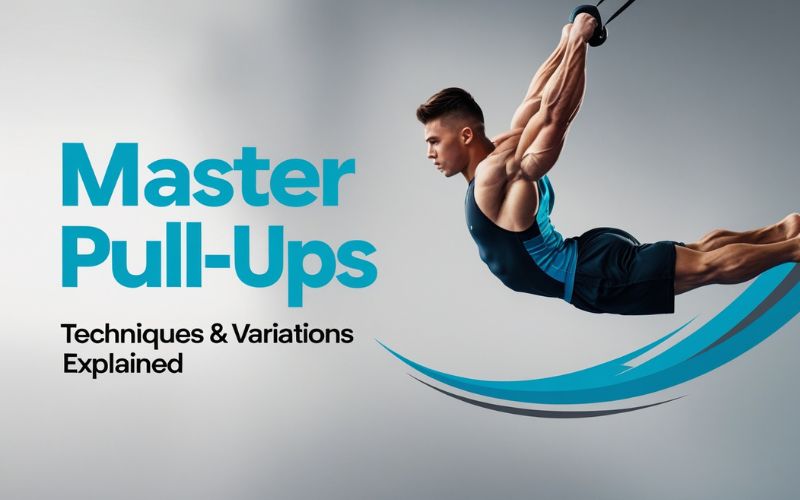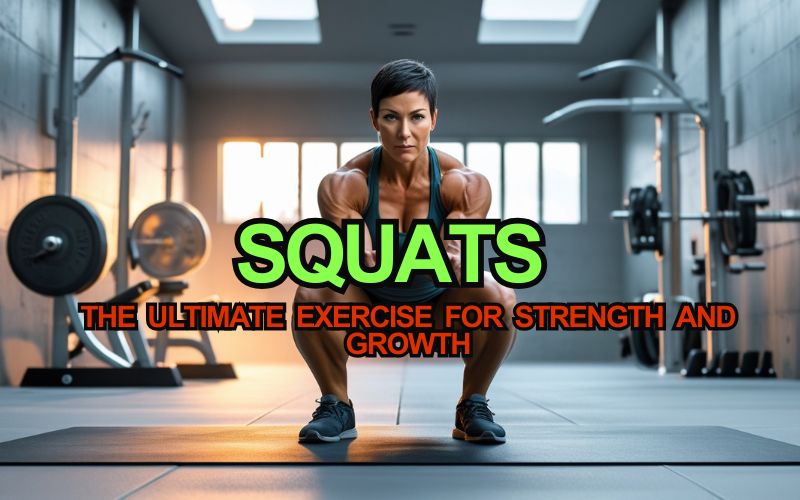The shoulder is not just a simple hinge; it’s an intricate marvel of human anatomy. The glenohumeral joint, which is the primary joint of the shoulder, allows for an incredible range of motion, making it one of the most versatile joints in the human body.
This versatility is due to the interplay between the clavicle (collarbone), scapula (shoulder blade), and humerus (upper arm bone). These bones are held together by a network of muscles, tendons, and ligaments that provide both stability and mobility.
Introduction to Shoulder Anatomy
Understanding the anatomy of the shoulder is paramount for anyone looking to engage in shoulder exercises. The deltoid muscle, which is the prominent muscle of the shoulder, has three distinct heads: the anterior (front), lateral (side), and posterior (rear) deltoids.
Each head plays a unique role in shoulder movement and requires specific exercises to develop fully. The rotator cuff, a group of four smaller muscles, is critical for shoulder stability and must not be neglected in any shoulder exercise regimen.
Table of Contents
Importance of Shoulder Exercises
Maintaining mobility and strength in the shoulder joint is essential for several reasons.
Daily Functionality
Firstly, it allows for the execution of a wide array of daily activities, from reaching overhead to lifting objects. This is especially important as we age since shoulder mobility tends to decrease over time. Regular shoulder exercises can help maintain and even improve this mobility, ensuring that one remains functional and independent.
Athletic Performance
Secondly, strong shoulders are crucial for athletic performance. Whether you’re a swimmer, a basketball player, or a weightlifter, your shoulders play a pivotal role in your performance. They provide the power and stability needed for throwing, lifting, and other dynamic movements. Incorporating targeted shoulder exercises into your training routine can significantly enhance your performance in these activities.
Aesthetic Physique
Moreover, well-developed shoulder muscles contribute to a balanced and aesthetically pleasing physique. Broad, muscular shoulders can enhance one’s overall appearance, giving the body a more symmetrical and powerful look. This is why shoulder exercises are a staple in bodybuilding and fitness routines.
Injury Prevention
Injury prevention is another critical reason to prioritize shoulder exercises. The shoulder joint, due to its extensive range of motion, is susceptible to injuries such as dislocations, rotator cuff tears, and impingements.
Regular strengthening and conditioning of the shoulder muscles and tendons can significantly reduce the risk of these injuries. Proper warm-up routines, using correct form during exercises, and incorporating flexibility training are all vital components of a comprehensive shoulder health strategy.
Types of Shoulder Muscles
The shoulder is home to several crucial muscle groups, each serving a unique function.
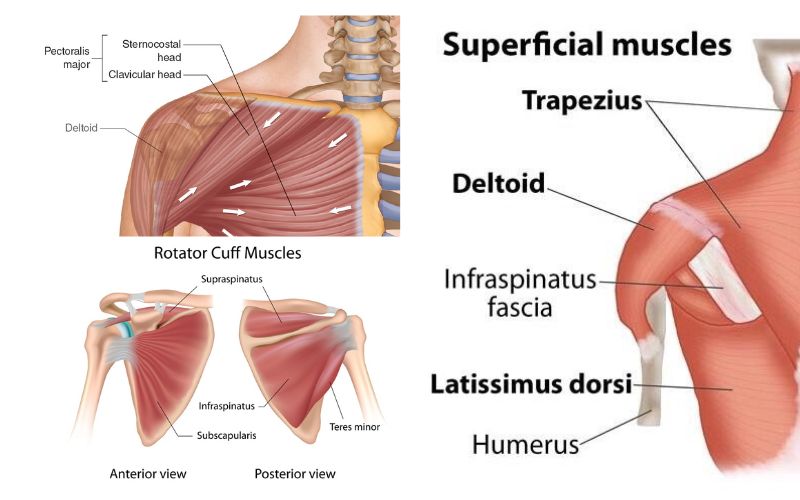
- The deltoids are the most visible, consisting of three heads: anterior, lateral, and posterior, responsible for arm elevation and rotation.
- The rotator cuff muscles, including the supraspinatus, infraspinatus, teres minor, and subscapularis, stabilize the shoulder joint and enable complex movements.
- The trapezius extends across the upper back and neck, facilitating shoulder blade movements.
- Finally, the pectoralis major, though primarily a chest muscle, assists in shoulder flexion and adduction, contributing to the overall strength and stability of the shoulder joint.
Benefits of Strong Shoulders
Strong shoulders provide numerous benefits, enhancing overall physical performance and daily life functionality.
- Improved posture is one significant advantage; robust shoulder muscles help maintain an upright stance, reducing strain on the spine.
- Enhanced upper body strength allows for more effective execution of tasks requiring lifting, pushing, or pulling.
- Additionally, strong shoulders increase functional ability, supporting a wide range of activities from carrying groceries to participating in sports. They also reduce the risk of injuries by stabilizing the shoulder joint and improving joint health.
In essence, well-developed shoulders contribute to both aesthetic appeal and functional efficiency.
Boost shoulder strength: Try whey protein for optimal muscle recovery today!
Common Shoulder Injuries and Prevention
Shoulder injuries are prevalent, often affecting athletes and individuals engaging in repetitive overhead activities.
Common Injuries
- Rotator cuff tears involve damage to the muscles or tendons, leading to pain and limited mobility.
- Impingement syndrome occurs when the shoulder blade exerts excessive pressure on the underlying soft tissues during arm lifting, causing pain and inflammation.
- Dislocations, where the upper arm bone pops out of the shoulder socket, are particularly painful and can recur if not properly treated. Preventing these injuries requires a multifaceted approach.
Common Injuries
Proper warm-up routines ensure muscles and tendons are prepared for activity, reducing the risk of strain.
- Using correct form during exercises is crucial to avoid undue stress on the shoulder joint.
- Incorporating flexibility training helps maintain a full range of motion, preventing stiffness and muscle imbalances.
- Additionally, avoiding overuse by varying activities and allowing sufficient rest can significantly contribute to shoulder health.
Warm-Up Techniques for Shoulder Workouts
An effective warm-up is essential to prepare the shoulder muscles for strenuous activity.
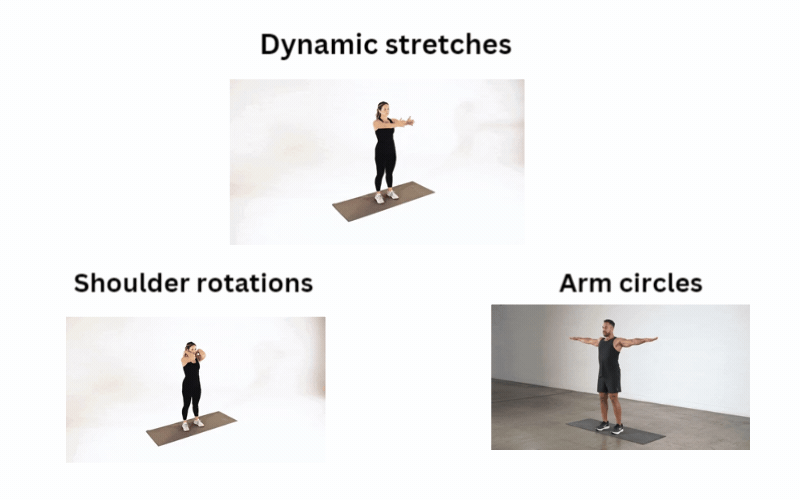
- Dynamic stretches, which involve moving parts of your body and gradually increasing reach, speed of movement, or both, are particularly effective.
- Arm circles, performed by extending your arms out to the sides and making circular motions, help to increase shoulder mobility and blood flow.
- Shoulder rotations, where you rotate your shoulders forward and backward, also promote flexibility and warm up the joint.
Using light weights or resistance bands can further activate the shoulder muscles.
Examples include:
- Light dumbbell shoulder presses
- Resistance band pull-aparts
A thorough warm-up routine not only enhances performance but also significantly reduces the risk of injury.
Foundational Shoulder Exercises
Following are some of the foundational exercises

Overhead Press
The overhead press is a quintessential compound exercise that targets the deltoids, primarily the anterior and medial heads, while also engaging the triceps and upper chest.
Execution:
Stand with feet shoulder-width apart, hold weights at shoulder level with palms facing forward (or neutral), press weights overhead, and lower them with control.
Tips:
Engage your core and avoid arching your back.
Lateral Raises
Lateral raises are an isolation exercise that targets the medial deltoids.
Execution:
Stand with feet hip-width apart, hold light dumbbells at your sides, and raise arms until parallel to the floor.
Tips:
Use controlled motion; avoid swinging.
Front Raises
Front raises target the anterior deltoids.
Execution:
Hold weights in front of thighs, lift to shoulder height, pause, and lower slowly.
Tips:
Keep motion slow and deliberate for optimal engagement.
Bent-Over Reverse Fly
Targets rear deltoids and upper back.
Execution:
Bend at hips, keep back flat, lift dumbbells out to sides, and squeeze shoulder blades.
Tips:
Maintain posture and control for safety and effectiveness.
Incorporating Shoulder Exercises into Your Routine
Integrating shoulder exercises into your regular workout routine can be done in several ways. You can dedicate specific days solely to shoulder training, which allows for a focused approach to developing the deltoids, rotator cuff, and surrounding muscles.
Alternatively, shoulder exercises can be combined with other upper body workouts, such as chest or back days, to ensure a comprehensive upper body regimen.
It’s essential to maintain a balanced approach, targeting all heads of the deltoids to prevent muscle imbalances and potential injuries. Varying your exercises and adjusting intensity and volume over time helps in continual progression and shoulder health.
Cool-Down and Stretching
After a strenuous shoulder workout, cooling down and stretching are imperative to prevent muscle tightness and soreness.
Static Stretching
Static stretches like the cross-body shoulder stretch, where you pull one arm across your body and hold, and the overhead triceps stretch, where you reach one arm overhead and bend the elbow to touch the opposite shoulder blade, are effective. These stretches help in reducing muscle tension and enhancing flexibility.
Light Aerobic Activity
Incorporating a few minutes of light aerobic activity, such as walking or gentle cycling, can also aid in gradually lowering your heart rate and promoting muscle recovery. Consistent cool-down routines contribute significantly to long-term shoulder health.
Nutritional Tips for Shoulder Strength
Nutrition plays a pivotal role in muscle development and recovery, particularly for the shoulders, which are heavily utilized in many exercises.
- Consuming adequate protein is essential for muscle repair and growth. Sources like lean meats, dairy, plant-based options, and whey protein provide necessary amino acids.
- Whey protein, in particular, is a fast-digesting protein that is ideal for post-workout recovery, helping to quickly replenish amino acid levels and promote muscle synthesis. Healthy fats, such as those found in avocados, nuts, and fish, support joint health and reduce inflammation.
- Vitamins and minerals, including vitamin D, calcium, and magnesium, are crucial for muscle function and bone health. Hydration is equally vital, as it ensures optimal muscle function and reduces the risk of cramps and fatigue.
- A balanced diet tailored to your fitness goals, incorporating a variety of nutrient-dense foods and supplements like whey protein, can significantly enhance shoulder strength and endurance.
Conclusion
Strong, resilient shoulders are the foundation of a robust upper body. By understanding shoulder anatomy, incorporating a variety of exercises, and adhering to proper form and nutrition, one can achieve and maintain shoulder health. Regular assessment and adjustment of your routine ensure continuous progress and injury prevention.
Achieving shoulder strength requires dedication, consistency, and a well-rounded approach encompassing exercise, nutrition, and recovery.
